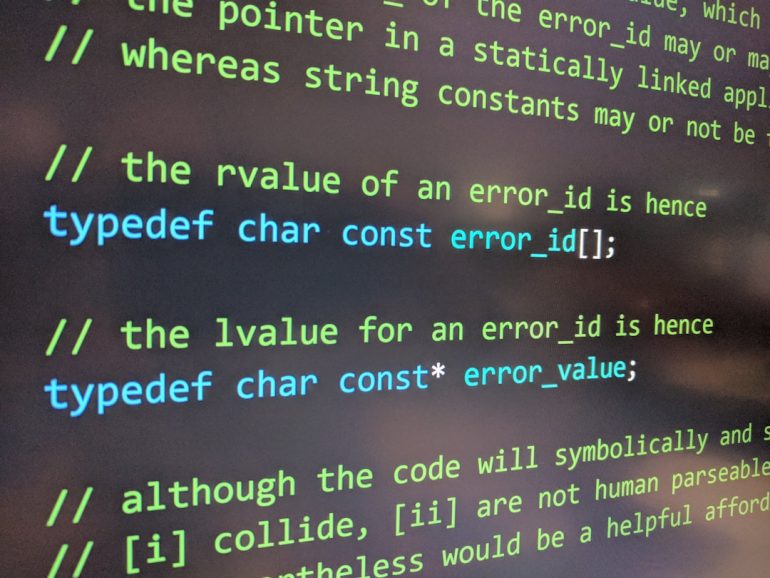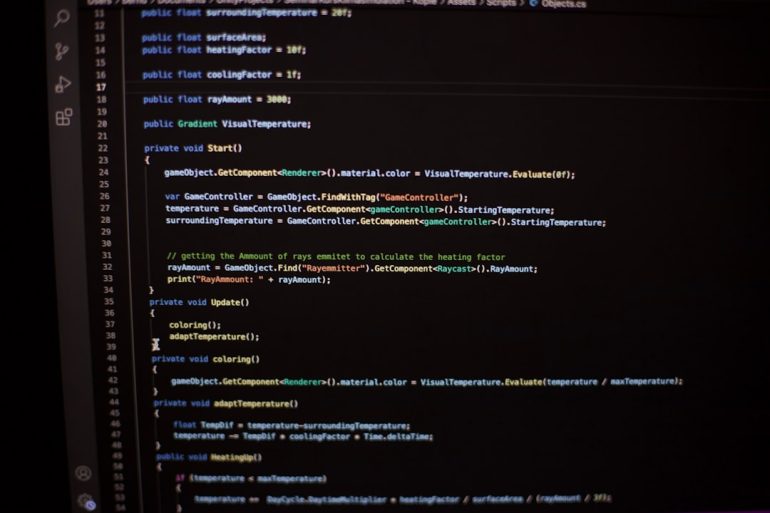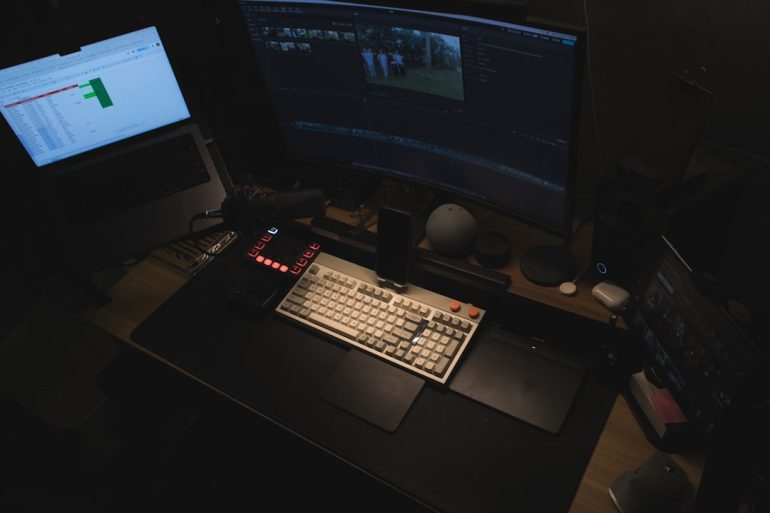Random Website Generator: Turn Prompts into Live Demos with AI
The future of web development is being reshaped by artificial intelligence, and one of the most exciting innovations in this space is the Random Website Generator. Whether you’re a designer seeking inspiration, a developer testing new layouts, or simply a curious mind fascinated with AI capabilities, this tool has something for everyone. By combining natural language processing with dynamic web-rendering engines, AI allows users to input a prompt and receive a fully functional live demo website in seconds.
Imagine typing in: “A landing page for a pottery business with earthy colors and minimalist fonts”. Within moments, a responsive, attractive, and editable webpage appears on your screen. That’s the power of AI-driven website generation—turning abstract ideas into concrete online realities.
What is a Random Website Generator?
Table of Contents
A Random Website Generator is a tool powered by artificial intelligence that constructs live, interactive websites based on user-provided prompts or randomly generated instructions. These generators often make use of large language models (LLMs) like OpenAI’s GPT, which can understand natural language, and combine them with front-end rendering engines that produce HTML, CSS, and JavaScript on the fly.
Rather than laboring through design documents, layout wireframes, and rounds of mockups, users can see their web concepts come alive almost instantaneously. It’s like having a virtual web development assistant who instantly understands your needs and builds accordingly.
How Does It Work?
The core mechanism behind a Random Website Generator relies on a synergy of multiple technologies:
- Natural Language Processing (NLP): Interprets the user’s prompt.
- Machine Learning Models: Converts the interpreted prompt into structured data, design themes, and layout principles.
- Code Generators: Transforms the data into HTML, CSS, and JavaScript code.
- Live Previews: Renders the website in real-time so users can interact with it immediately.
What makes this process so fascinating is that it’s not a cookie-cutter approach. The AI assesses context, aesthetics, and relevance to deliver websites that are surprisingly sophisticated and visually cohesive.
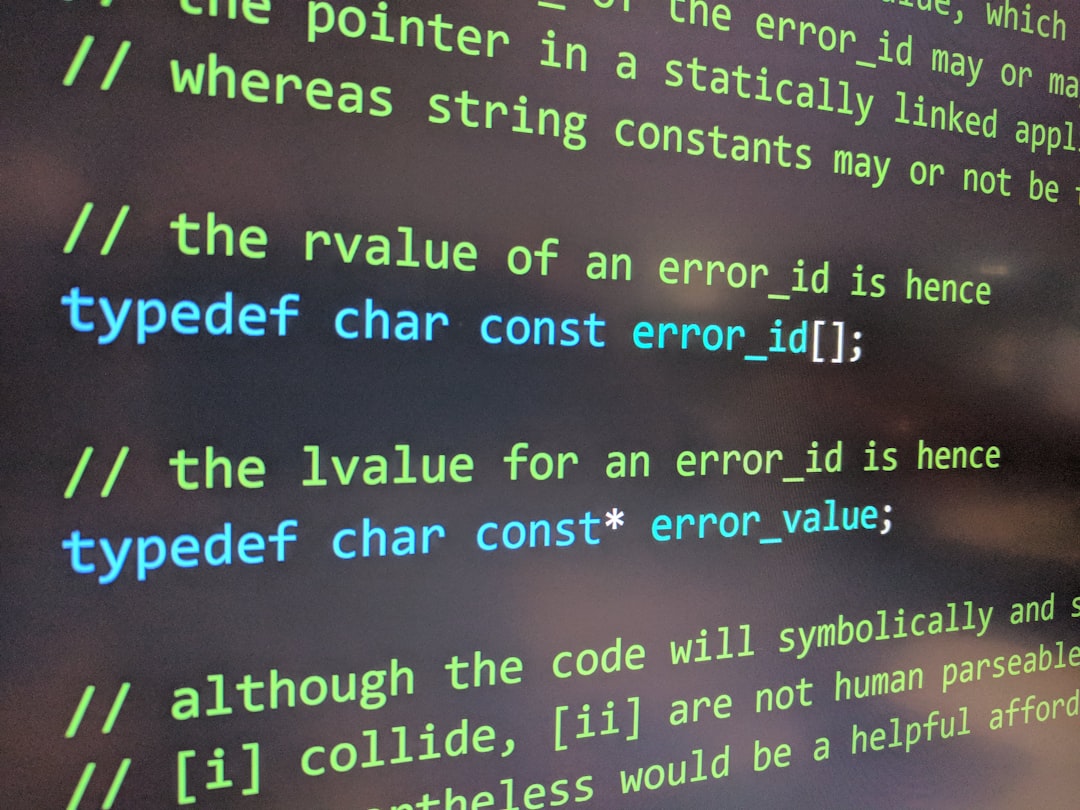
Why Use a Random Website Generator?
The benefits of these tools go well beyond novelty. They can be incredibly practical in several scenarios, including:
1. Rapid Prototyping
Product teams often have to iterate on design ideas quickly. Rather than waiting for mockups from the design department, they can input a prompt like “modern ecommerce site selling handmade candles with a soft beige palette” and immediately have a starting point.
2. Creativity Booster
Stuck in a creative rut? Let the AI throw some ideas your way. Ask for a “cyberpunk restaurant homepage with neon design” and see a completely new approach to layout and mood.
3. Learning Tool
For students of web development, a Random Website Generator provides quick feedback and examples. Curious about how a grid layout works? Ask the AI to build something with that specification and review the live code and design.
4. A/B Testing Concepts
Marketers can generate multiple versions of a landing page and see which ones resonate better, all without coding from scratch or relying on dev teams to produce endless variants.
5. Accessibility and Experimentation
People who may not have access to design expertise or front-end development skills can still create functional and visually appealing websites. It flattens the learning curve and democratizes creation.
Features to Look For
If you’re interested in trying a Random Website Generator, look for tools that offer:
- Custom Prompt Input: Flexibility to describe your desired revision or theme.
- Live Preview Option: View the website as you say it, instantly rendered.
- Export Capabilities: Download HTML, CSS, or even export to platforms like CodePen or GitHub.
- Mobile-Responsive Designs: Generates code that adapts to different screen sizes.
- Style Variability: From corporate to playful, the ability to dictate tone, color schemes, and layout formats.
Some tools even support JavaScript interactivity, form submission logic, and API integration—all by interpreting your natural language instructions.
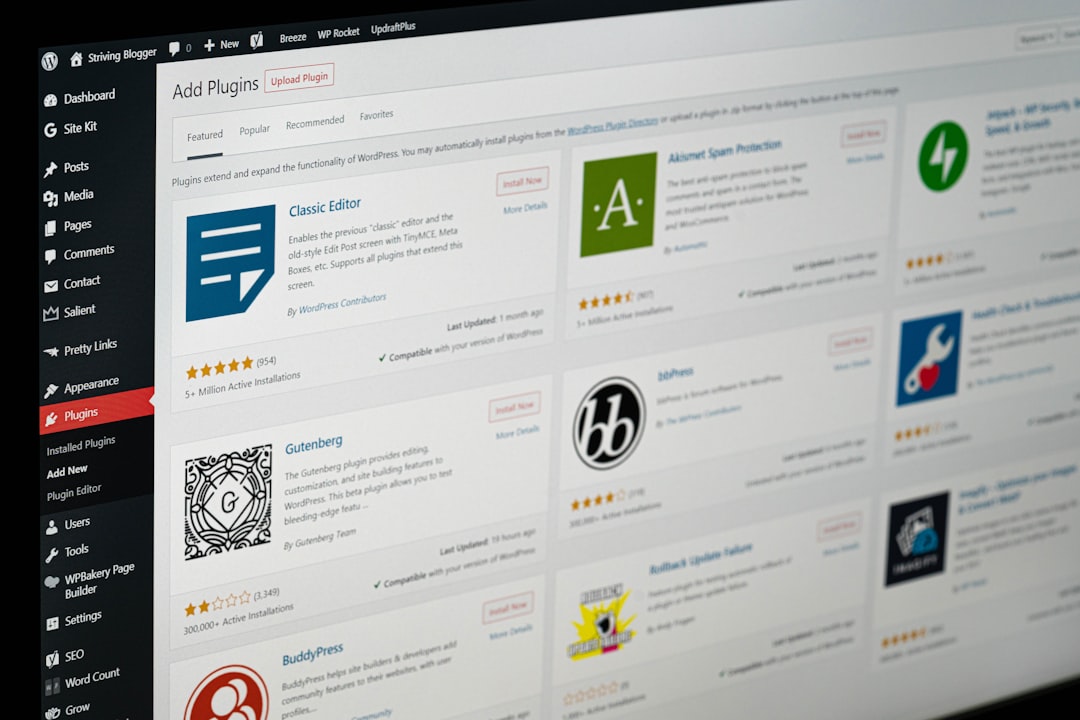
How AI Interprets Prompts
One of the magical aspects of AI-powered website generators is their ability to parse vagueness. For example, the prompt “Fresh, vibrant travel blog homepage featuring tropical imagery” would typically be broken down as:
- Color Palette: Colors tied to tropical vibes — aqua blues, lush greens, sunset oranges.
- Layout Style: Blog-style, possibly with parallax scrolling and image carousels.
- Content Elements: Header, navigation bar, featured blog section, and hero image.
This layered interpretation is how the AI bridges the gap between intention and execution, mapping subjective user phrases into concrete visual and structural elements.
Current Limitations
Despite the technological leap, these AI tools are not flawless. Some common limitations include:
- Generic Layouts: Occasionally, output may feel template-driven or lack deeply customized flair.
- Limited Backend Features: Most generators currently focus on the front-end experience.
- Context Misunderstanding: Prompts using metaphor or niche terminology may not always yield expected results.
- Coding Accuracy: Complex JavaScript features may not always function perfectly without manual tweaking.
That said, most tools allow for easy post-editing, giving experienced developers the ability to tune or fine-tune what the AI creates.
The Role of AI in Future Web Development
The Random Website Generator is a small glimpse into a much larger movement: making the web more accessible, more adaptive, and more intelligent. As the technology improves, expect to see enhancements like:
- Automatic SEO tuning based on keywords in the prompt
- Integrated CMS systems auto-configured by AI
- Voice-activated prompts for even more seamless interaction
- Built-in performance optimization and analytics setup
In the near future, creating a website might no longer involve a string of design approvals, pixel tweaks, and code reviews—but rather a conversation with an intelligent assistant who understands your business, audience, and brand vision.
Where You Can Try It Today
Several platforms and experimental tools have begun integrating random site generation capabilities powered by AI. Consider exploring:
- V0.dev – A visual playground backed by GPT that allows prompt-driven component creation.
- Uizard.io – Turns hand-drawn wireframes or written ideas into usable interfaces with editable code.
- Spline.design – While more focused on 3D interfaces, interpolates user instructions into interactive JavaScript-driven scenes.
Each of these tools comes with its strengths, but the common thread remains: giving you the power to go from idea to interactive reality in mere minutes.
Final Thoughts
The Random Website Generator is more than just a novelty; it’s a paradigm shift in how we perceive the design-develop-deploy process. It blends creativity and code, automation and aesthetic, offering endless experimentation with minimal friction.
Whether you’re an entrepreneur prepping for a launch, a student learning UI/UX, or a business owner who just wants to see “what if,” the ability to translate your imagination into a live demo through simple language is revolutionary.
So go ahead—type in that wild idea. Let AI show you what the web could look like if it started with just a sentence.


